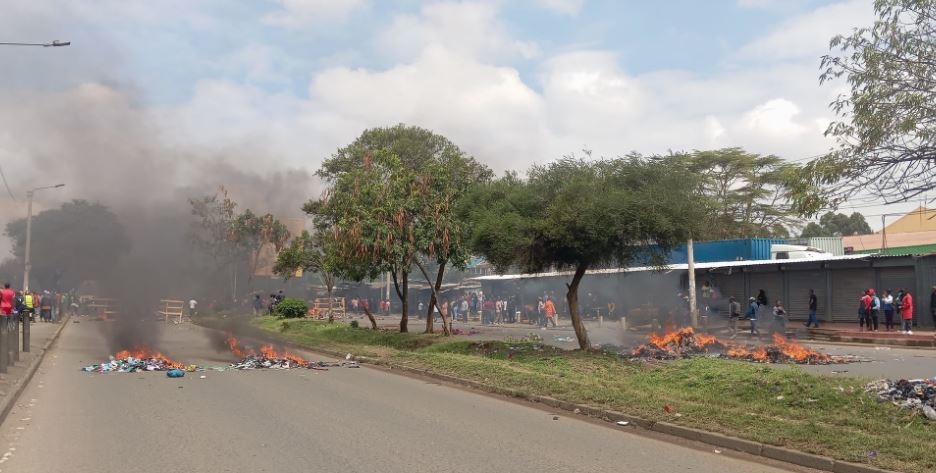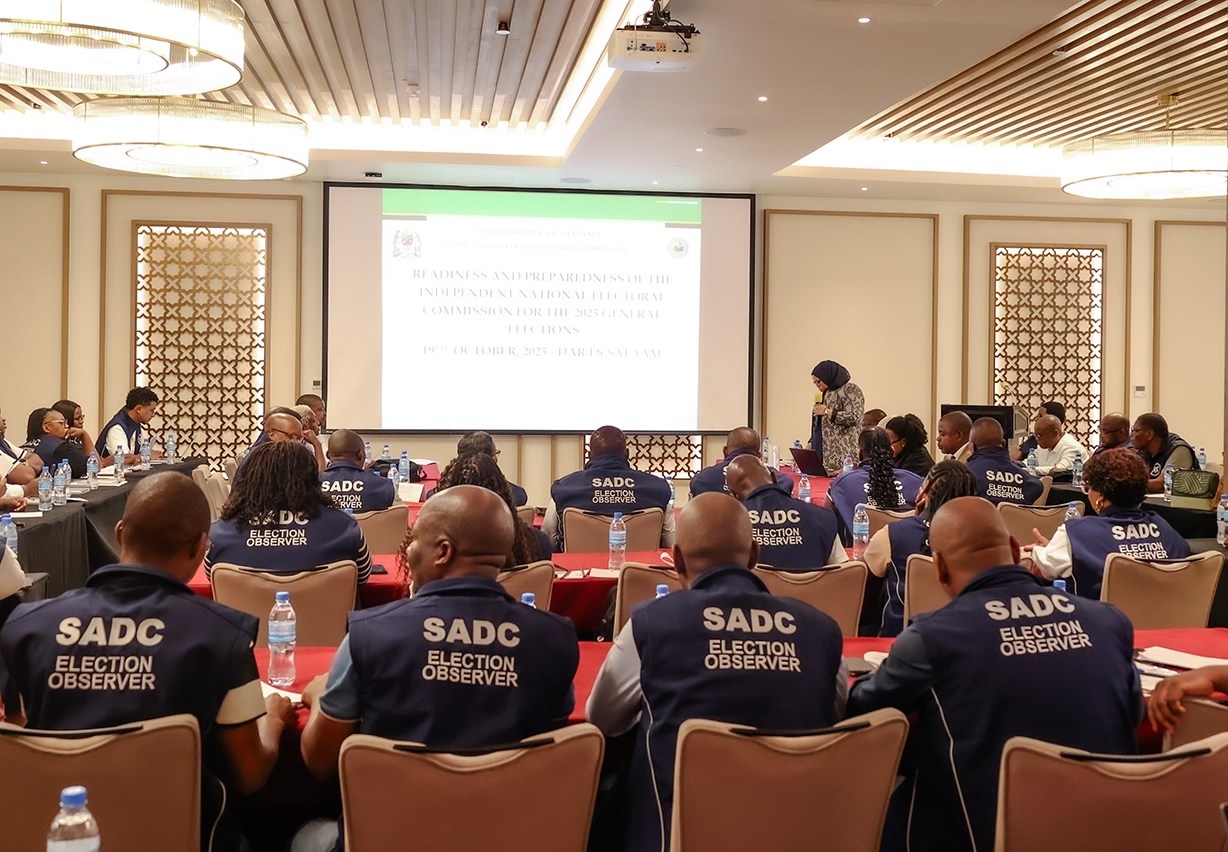The number of Kenyans in need of food aid has gone down from 5.4 million to 1.2 million last year, a new report has said.
The Integrated Food Security Phase Classification report attributed the decrease to near-average to above-average long rains.
The IPC's projection for acute food insecurity from April to June showed an improvement in food security across most regions analysed.
In the 23 Asal counties, approximately 1.2 million people are projected to experience high levels of acute food insecurity (IPC Phase 3 or above).
This marks a 25 per cent improvement compared to the previous year when about 5.4 million people needed food aid.
This positive change is attributed to seasonal improvements, contrasting with the preceding year’s five consecutive failed seasons and widespread droughts.
"Notably, a small population, approximately 26,000 people (0.2 per cent of the analysed population), is expected to be in IPC Phase 4 (Emergency). This group is likely to employ consumption-based or livelihood coping strategies, necessitating urgent action to address food consumption gaps and safeguard their livelihoods," the report says.
The United Nations Office for the Coordination of Humanitarian Affairs says overall, more than 48.1 million people, mainly in Ethiopia, Kenya, Somalia, South Sudan and Sudan, are projected to face acute food insecurity by July.
OCHA says in Eastern Africa, severe climate events, conflicts and disease outbreaks continue to cause displacement and push millions into acute food insecurity, high levels of malnutrition and public health emergencies.
El Niño-induced heavy rains, landslides and flooding have hit many parts of the region, leading to loss of lives, livestock and damage to infrastructure and agricultural assets.
Tropical Cyclone Hidaya and Tropical Storm Ialy contributed to adverse weather, while communities around Lake Victoria and Lake Tanganyika were on alert due to rising water levels.
The UN says malnutrition rates surged, putting children and women at higher risk.
In Kenya, the nutrition situation is expected to improve in areas such as Kajiado Urban, Kajiado Rural, Kilifi, Garissa, Isiolo, Mandera, Tana River, Wajir, Samburu, Turkana West, Turkana Central/Loima, Kitui, Makueni and Tharaka.
Similar improvements are anticipated in Baringo North and South, Baringo East Pokot, West Pokot, North Horr/Chalbi, Laisamis/Loyangalani and Turkana North/Kibish. However, a deterioration is projected in Moyale but within the same phase.
Despite the expected improvement, acute malnutrition remains prevalent in Asals.
High rainfall and flooding are likely to increase disease burdens, with ongoing outbreaks of cholera, measles and dysentery exacerbating the situation. Cholera outbreaks have recorded more than 34,000 cases since January.
“Humanitarian appeals in the region remain severely underfunded, limiting partners' ability to scale up the response and risking pushing millions of people into catastrophic conditions,” the OCHA report says.












